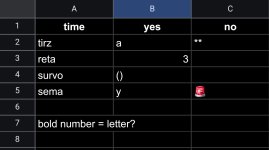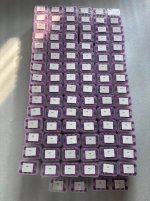Lullabytreehugger
GLP-1 Enthusiast
Anyone tried this yet? It has shown the best results in phase 3 clinical trials for liver fat reduction and a massive reduction of blood cholesterol/lipids. Also a reduction of considerable amount of body weight and a preservation of lean body mass.




